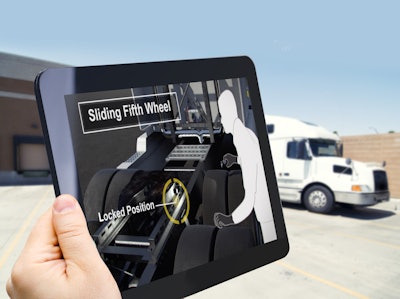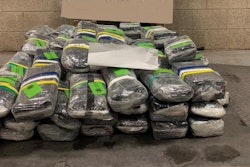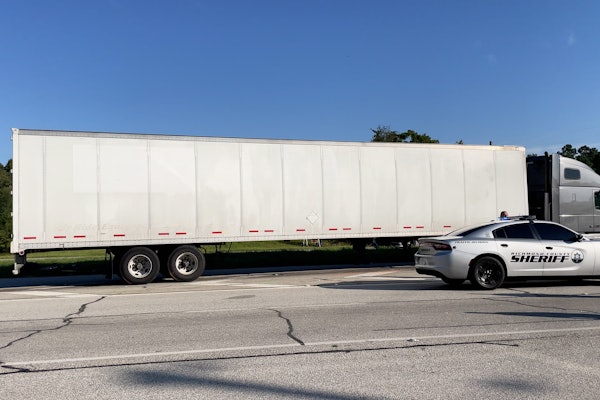 Instead of simply sitting back, fleets who offer a CDL training school should take advantage of the two additional years afforded by FMCSA with the delay of the ELDT rule by, in part, exploring options like online training and simulations.
Instead of simply sitting back, fleets who offer a CDL training school should take advantage of the two additional years afforded by FMCSA with the delay of the ELDT rule by, in part, exploring options like online training and simulations.With the recent announcement by the Federal Motor Carrier Safety Administration that it would be delaying the Entry-Level Driver Training (ELDT) rule’s effective date until February 2022, you may be wondering: Now what?
Let’s face it — two years will blow by fast. If you’re a fleet or a training provider, take steps now to prepare for implementing ELDT. At the least, you will worry less about being out of compliance when February 2022 comes. At best, you’ll know you’re preparing students with a professional level curriculum for a successful career.
Over the next two years, the main focus of FMCSA will be technology fixes. The agency’s priority will be to stand up the training provider registry (TPR) and hook this central database into 50 state licensing agencies.
So is there anything for your fleet to do in the meantime?
 Laura McMillan is senior vice president of training development for Instructional Technologies.
Laura McMillan is senior vice president of training development for Instructional Technologies.If you run a CDL school or a carrier contemplating setting up one, simply sitting back and waiting may seem like it makes sense. After all, if you keep to the minimal requirements, you are technically OK.
However, if you value educating professional drivers who are able to run safely and legally and are more likely to stay in their new career, you would be wise to begin adopting the standards set out in the ELDT rule.
Nothing is expected to change as far as the federal instructor, facility and curriculum requirements. Rather than wait until the eleventh hour in 2022 to ensure you’re school is up to the standards, you can proceed in adopting — and even elevating — your training operation:
Instructor qualifications: Review your instructors’ backgrounds. Make sure they have at least two years of CMV experience driving the Class (7, 8, etc.) vehicle that they will be training entry-level students on. This requirement applies to all instructors, whether they teach in a classroom, at-truck vehicle inspection area, backing/docking range or road course.
Your instructors should also have clean MVRs, current med cert cards and licenses. Check with your state for any additional requirements. Consider taking your instructors through some professional development such as a train-the-trainer course to improve their ability to work with diverse learners and to improve their ability to coach others.
Curriculum requirements: The rule requires students to complete a comprehensive curriculum of 31 topics for Class A and Class B candidates. Additionally, if you’re teaching hazardous materials or passenger bus/school bus candidates, additional specialized curriculum is required.
The new curriculum reflects the essential knowledge and skills areas that CDL candidates should know and be able to apply. There are no minimum time requirements (such as a minimum number of hours that trainees must spend behind the wheel). But there are proficiency requirements, calling for each student to pass each topic at 80% or better and for several hands-on skills tests for students to demonstrate proficiency.
Now is a good time to move towards adding these topics or upgrading how you cover and test on these topics currently.
It’s also a good time to take a step back and examine the entirety of your training process to accommodate for the additional topics and the time it will take to cover them and to evaluate student performance. Also, training providers can consider use of simulators and online training to help increase consistency and create efficiency in their programs.
Documentation: FMCSA will require all training providers to register on the TPR (training provider registry). Ultimately, all student records should be upload to the TPR, and that data will be accessible by state DMVs to prove that CDL candidates have completed all curriculum and all skill proficiency requirements.
Trainers and fleets should evaluate their forms to make sure they cover all 20 hands-on skills requirements and reflect a proficiency scale that instructors can apply. Whether you use a spreadsheet or an elaborate learning management system, ensure that you modify fields to reflect completion of the required knowledge and skills topics. This will make providing updates to FMCSA easier. You may even want to consider integrating or adopting the use of a learning management system, which can be directly integrated into the TPR, to ease administration.
—
Reviewing your current training program against the forthcoming ELDT requirements is a productive way to pass the next two years. Take the time to address gaps you may have and it will save you time — and money — in the long run.











